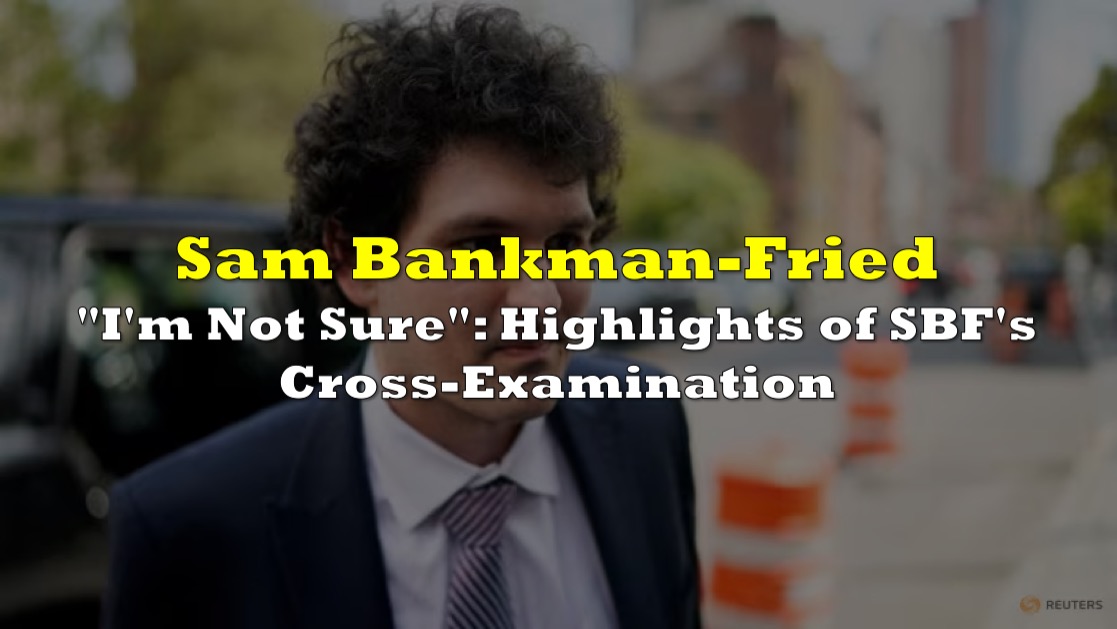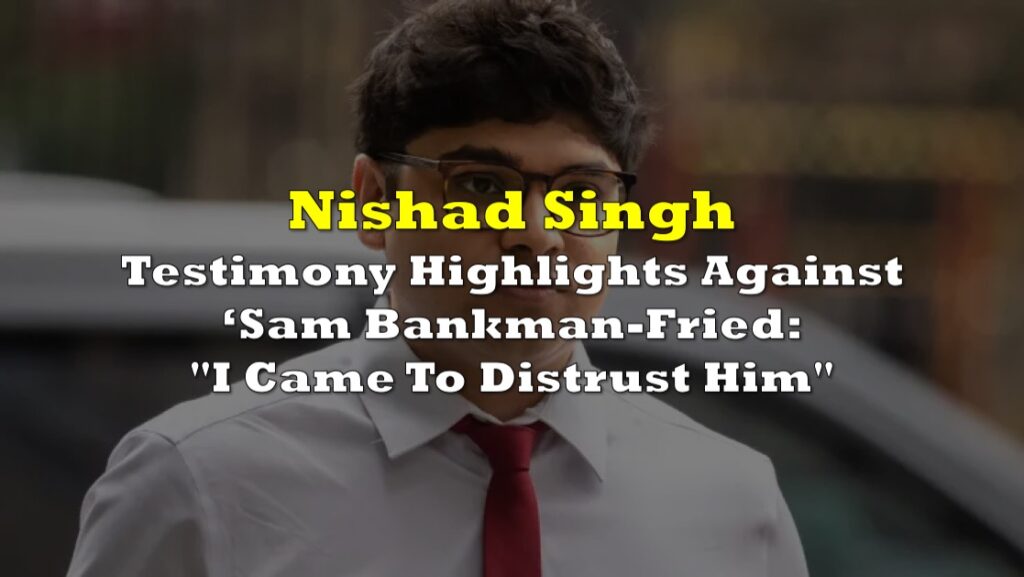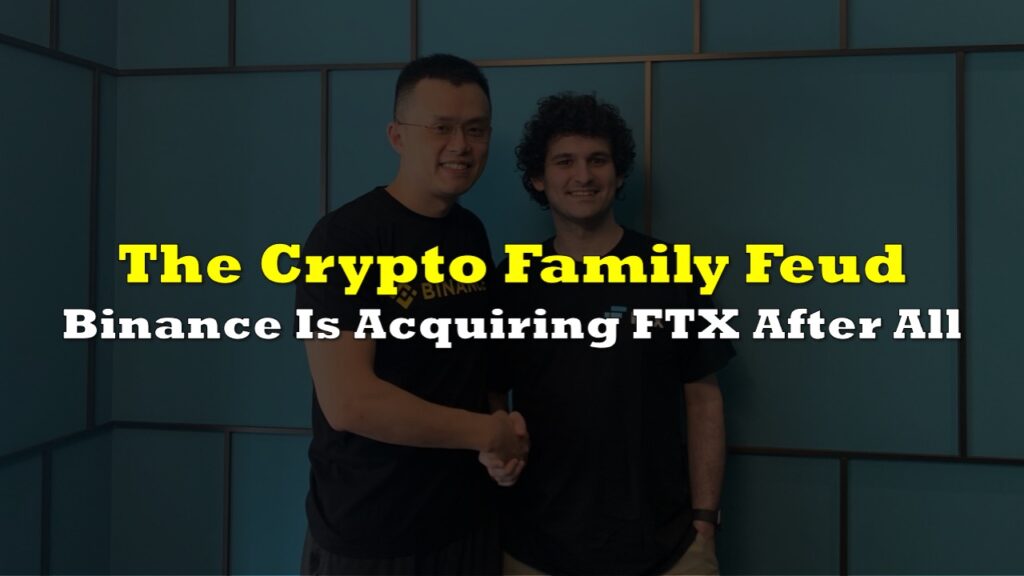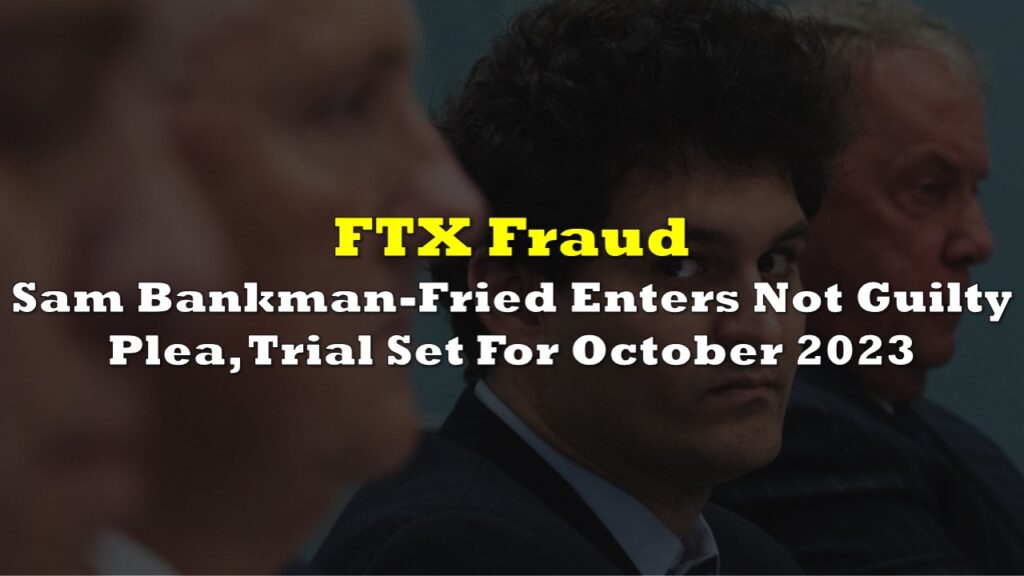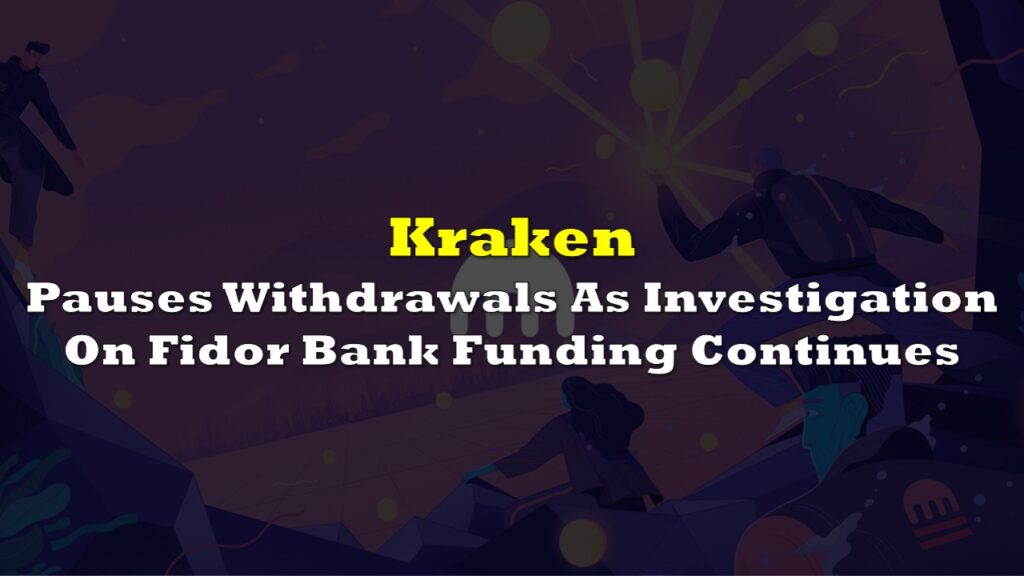It seems amnesia is what the former FTX chief plans to use as his defense as he goes under the cross-examination scrutiny in his own trial where he decided to take the witness stand.
During FTX’s heyday, Bankman-Fried was known for his relentless communication with the public, whether through tweets, TV interviews, or appearances before Congress. However, as Bankman-Fried now finds himself defending against federal fraud charges in Manhattan, those very words have returned to haunt him.
At his federal fraud trial, Bankman-Fried took the stand for the second time, facing an intense barrage of questions from federal prosecutor Danielle Sassoon. During a riveting morning session that lasted over an hour and a half, Sassoon relentlessly grilled Bankman-Fried about the glaring inconsistencies between his public statements and how he managed his cryptocurrency empire before its spectacular collapse in November.
SBF's lawyer Cohen: Your Honor, may we have a sidebar please?
— Inner City Press (@innercitypress) October 30, 2023
Judge Kaplan: Yes.
Then:
AUSA: We off GX 2508 and 2508T.
Judge Kaplan: Received.
Audio plays: SBF says, I was intentionally not getting involved due to a concern about conflict of interest
The 31-year-old cryptocurrency mogul repeatedly claimed not to remember many of his public statements. He also maintained that he had limited involvement in the hedge fund he had founded, Alameda Research. When pressed by Sassoon about statements he had made during his tenure as FTX’s chief executive, his responses of “I’m not sure” and “I can’t recall” became frequent refrains.
AUSA Sassoon: On October 2022 you said the core of crypto is owning your own assets?
— Inner City Press (@innercitypress) October 30, 2023
SBF: I don't remember.
AUSA: Publish it, Mr. Bianco. What is the date of this tweet?
SBF: It says Oct 22, 2022
AUSA: You knew of the $8 billion liability?
SBF: That's right
This cross-examination laid bare the fissures in Bankman-Fried’s claims, potentially damaging his credibility with the jury composed of nine women and three men tasked with determining his fate. Sassoon presented statements that appeared to depict Bankman-Fried professing one stance in public while taking different actions in private. After recounting FTX’s efforts to court government officials in Washington, Sassoon probed further, asking him to repeat private messages in which he used profanity to disparage regulators as ineffective.
AUSA Sassoon: You called people on Crypto Twitter "Dumb motherf*ckers"?
— Inner City Press (@innercitypress) October 30, 2023
SBF: A subset of them, yes.
AUSA: Isn't it true you thought that regulation would help you take market share from Binance?
SBF: That would be a pro. There were cons.
Bankman-Fried’s testimony marked a highly anticipated moment in a high-profile trial that has brought to the forefront the hubris and reckless risk-taking that triggered the cryptocurrency industry’s implosion, resulting in the loss of billions of dollars in savings. Once the face of the crypto world’s public relations efforts, Bankman-Fried now faces comparisons to some of the most infamous fraudsters in recent memory, such as Elizabeth Holmes, the founder of the ill-fated blood-testing startup Theranos.
Taking the witness stand was a calculated risk. Defendants typically avoid testifying to prevent prosecutors from cross-examining them. However, the trial’s initial weeks had been so detrimental to Bankman-Fried, with a series of government witnesses testifying that he had misled the public and embezzled from FTX customers, that he had little choice but to take this gamble.
RELATED:
- Highlights Of Caroline Ellison’s Testimony Against Sam Bankman-Fried
- Highlights Of Nishad Singh’s Testimony Against Sam Bankman-Fried: “I Came To Distrust Him”
On Monday, it was the prosecution’s turn to interrogate Bankman-Fried. The courtroom was packed with spectators, including Bankman-Fried’s parents, law professors Joe Bankman and Barbara Fried, and Damian Williams, the top federal prosecutor in New York. Sassoon’s mother was also in attendance.
Sassoon’s line of questioning primarily revolved around Bankman-Fried’s public statements and his assurances to the media and Congress. She pressed him on interviews in which he insisted that Alameda had no special privileges as a customer trading on FTX, despite weeks of testimony from prosecution witnesses claiming otherwise.
One particularly pointed question asked if Alameda was the sole FTX customer that accepted deposits from other parties into its bank accounts. Bankman-Fried’s response was, “I’m not sure.”
AUSA Sassoon: Didn't you claim in 2022 that Alameda was an entirely separate entity?
— Inner City Press (@innercitypress) October 30, 2023
SBF: More or less.
AUSA: You called FTX a neutral piece of market infrastructure?
SBF: I don't remember saying that. I might have.
The prosecution team also questioned Bankman-Fried’s hairstyle and lax outfit, which the FTX founder claims to be not intentional. However, Sassoon showed parts of his past interviews were he claimed that his look was part of a branding.
AUSA: Didn't you tell Anthony Scaramucci the shorts were part of your brand?
— Inner City Press (@innercitypress) October 30, 2023
SBF: I don't remember that
AUSA: Play the podcast. SBF's voice: If we named our company Sh*tcoin Day Traders Inc they would reject us. No one doesn't like research
AUSA: That was you?
Yep
Sassoon also inquired whether Bankman-Fried had publicly promised that FTX would prioritize the safety of its customers’ assets. His response was vague, stating that he didn’t distinctly remember, given the multitude of public statements he had made. Sassoon then presented a tweet from Bankman-Fried himself in which he had proclaimed, “And, as always, our users’ funds and safety come first.”
In December, federal prosecutors accused Bankman-Fried of orchestrating a far-reaching scheme to misappropriate up to $10 billion from FTX customers. They alleged he had spent the ill-gotten gains on extravagant ventures, including venture capital investments, political contributions, and luxury real estate acquisitions in the Bahamas, where FTX was headquartered.
Furthermore, Bankman-Fried faced accusations of creating a clandestine backdoor in FTX’s code, enabling Alameda to seize billions of dollars in customer funds.
Shortly after FTX’s implosion, three of Bankman-Fried’s closest associates, Caroline Ellison, Nishad Singh, and Gary Wang, pleaded guilty to fraud and agreed to cooperate with the government, hoping for more lenient sentences. All three testified against Bankman-Fried, revealing that they had engaged in years of deception and theft at his behest.
Bankman-Fried took the stand on Friday to present his side of the story, depicting himself as a diligent founder overwhelmed by his responsibilities, who allowed significant business issues to go unaddressed. He denied committing fraud and shifted blame to his colleagues for many of the problems leading to FTX’s collapse.
Information for this briefing was found via The New York Times and the sources mentioned. The author has no securities or affiliations related to this organization. Not a recommendation to buy or sell. Always do additional research and consult a professional before purchasing a security. The author holds no licenses.

